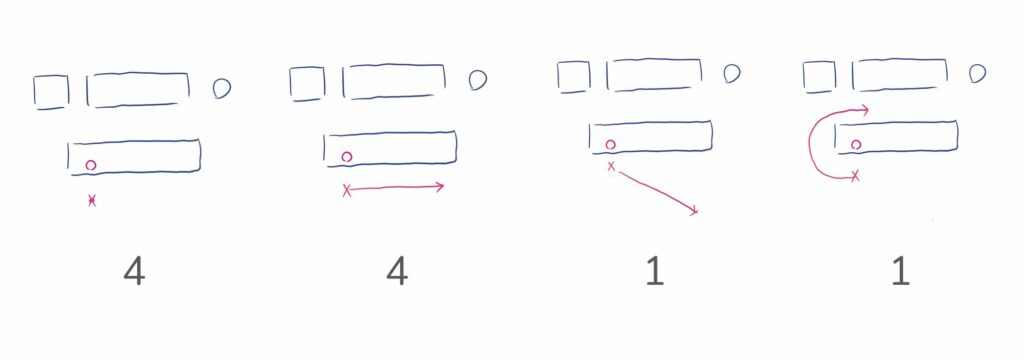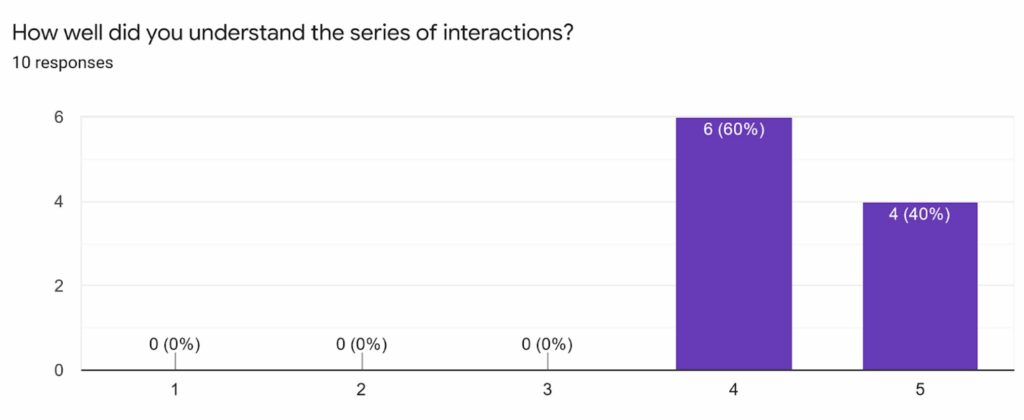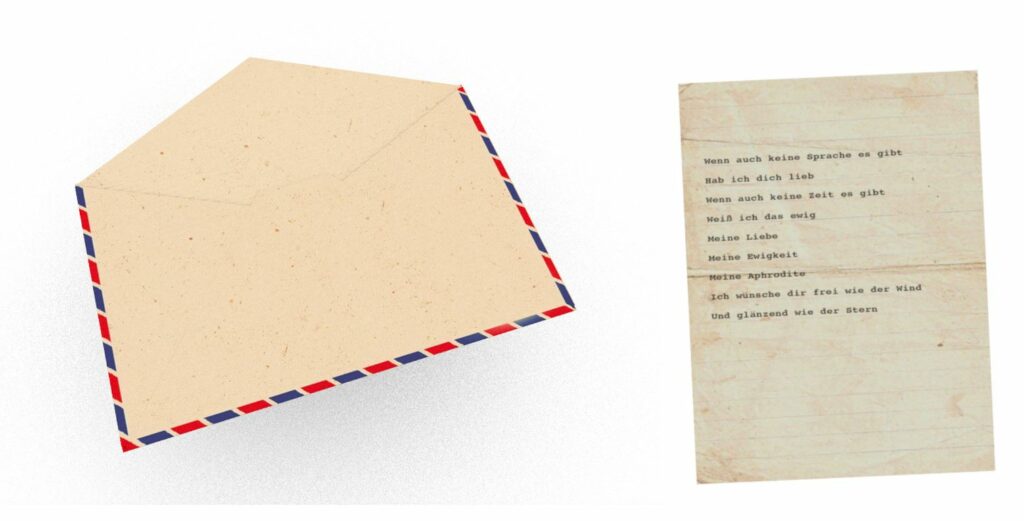Playtesting:
This weekend we were able to bring in 10 playtesters to the ETC to try our experience in person and give us some feedback. Our machine still does not include the ending interactions with the letter moving into a mailbox, so we knew that we could expect some confusion regarding the end, but could get some data up to that point.
8 of our testers were able to start the machine instantly, with one tester not holding the start button long enough, and another trying to start from the tablet. All but one tester viewed the experience from behind the desk, with one moving around to the front.

The feedback that we received showed that people’s favorite moments occurred across the board throughout the interaction. Some loved the bird, some the bees. We feel that this is a successful indication that we’re on the right track. Including sound effects for some of the interactions helped to amplify the experience a lot.

For some there was similar confusion as with our previous playtest. Some interactions occurred too quickly to track and so they got lost. This especially occurred when the bird landed on the second shelf and the water dripped into the pot. Generally every interaction needs to be slowed down a little bit to accommodate first time viewers.
Art:
This week, all the bee animations were completed and work began on rigging the snail. The snail requires some special rigging techniques to allow for its unique movement style, so we need to do a bit of research to make sure that it will work how we are envisioning it.
We’ve also finished up our models for the letter and envelope which will spawn at the start of the machine and get sealed to finish it all off.

Tech:
Dave Purta met with us to discuss how we could include a linear actuator to make the fire bellows open and close. He helped us to draw up some plans that would set that up and we discussed this with the client. One of the concerns that they raise about it is that there may be concern for it being a pinch point for kids, so they suggested moving the actuator to inside of the bellows to accommodate that.
We also experimented with a feature of ARENA that allows us to track the position of any user. We are incorporating this in the bee interaction. The challenge here is that the interaction needs to chain from the flower, back up to the table and the concern is that the guest may not intuitively follow that pathway. One of the bees will fly up to the guest and fill the tablet screen before flying down to the table. This subtle indirect interaction will help keep guests on the right track.
